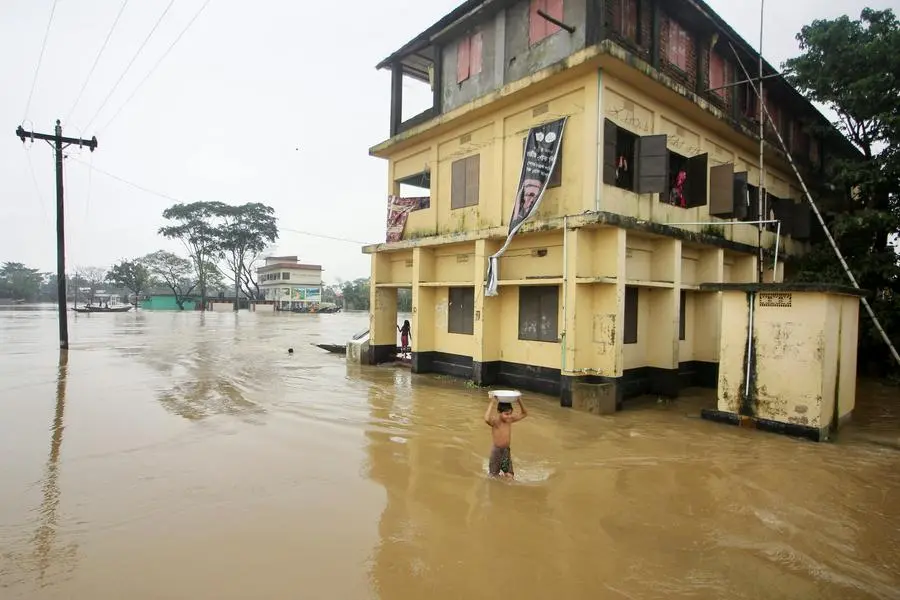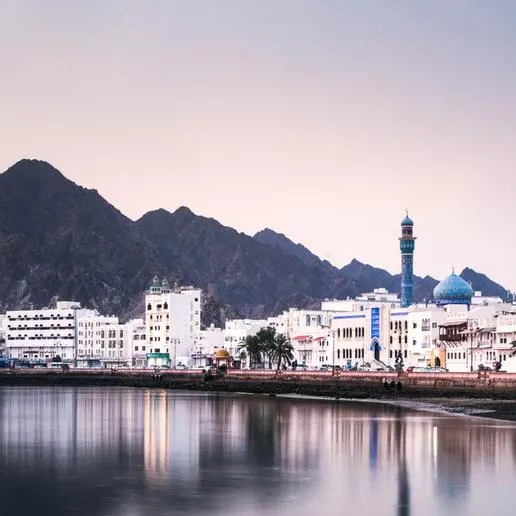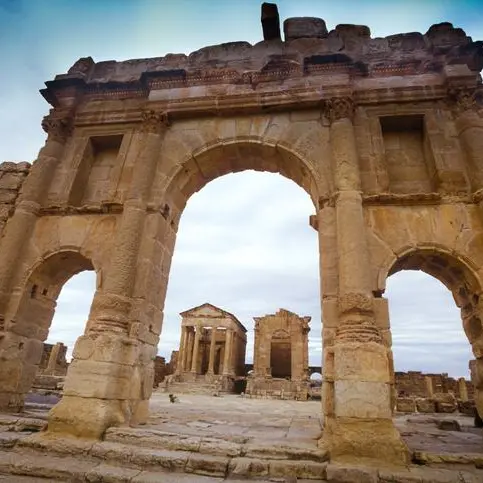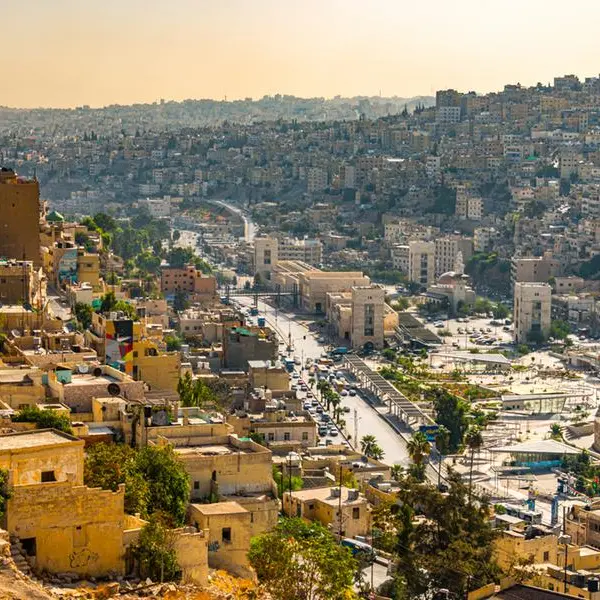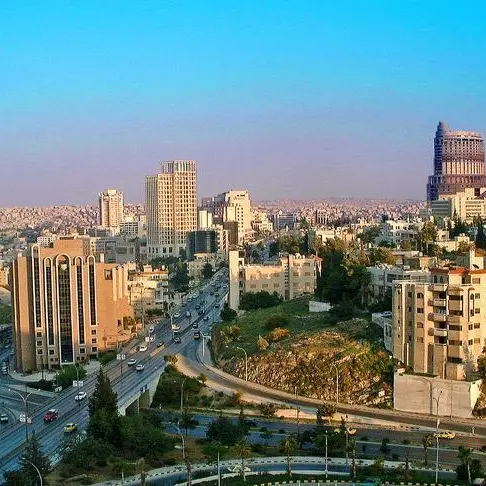PHOTO
DHAKA/GUWAHATI - Authorities in Bangladesh are bracing for the spread of waterborne diseases and racing to get drinking water to people stranded in their homes by flooding across a quarter of the country, an official said on Thursday.
Nearly 2,000 rescue teams were trying to reach flood victims in 17 of the country's 64 districts and bring them water and other supplies, Atiqul Haque, director general of the Department of Disaster Management, told Reuters.
"With the flood waters receding, there is a possibility of an epidemic. We fear the outbreak of waterborne diseases if clean water is not ensured soon," Haque said. "Ensuring availability of drinking water is our top priority."
More than 4,000 people have contracted various waterborne illnesses so far, including diarrhea, in flood-hit districts, with more than half the cases in the Sylhet region, the Directorate General of Health Services said on Thursday.
"The situation is alarming. We are getting more and more patients each day. They are mainly suffering from diseases like diarrhoea, dysentery, fever, skin infections and other waterborne diseases," Ahmed Hossain, Civil Surgeon of Sunamganj, one of the worst-affected districts, told Reuters.
More than 4.5 million people have been stranded and 42 people killed in the worst flooding in the Sylhet region in the northeast in more than 100 years.
The floods have damaged 75,000 hectares of paddy and 300,000 hectares of other crops, including maize, jute and vegetables, agriculture ministry official Humayun Kabir said.
"The devastation is huge. More crops could be damaged as new areas are being flooded."
Fatema Begum, a mother of three in Sunamganj, said the floods had washed away everything. "There is not even a trace," she said of her small thatched hut. "We don't even have a second pair of clothes. No one has came to help.”
The monsoon brings heavy rain and floods to South Asia between June and October, especially in low-lying areas like Bangladesh, where rivers swollen with waters pouring out of the Himalayas often burst their banks.
But extreme weather has become more frequent and environmentalists warn that climate change could lead to ever more serious disasters.
In the eastern Indian state of Assam, also badly hit by the rain that lashed the region, Indian air force helicopters were deployed on Thursday to drop food and other supplies to cut-off communities.
More than 280,000 people were stranded in the town of Silchar, most of which was underwater, district official Keerthi Jalli told Reuters.
"Never before in our lifetime have we witnessed such devastation. The water was up to my chest," Silchar teacher Monowar Barbhuyan said.
(Reporting by Ruma Paul in Dhaka and Zarir Hussain in Guwahati; writing by Shilpa Jamkhandikar; editing by Robert Birsel and Mark Heinrich)
